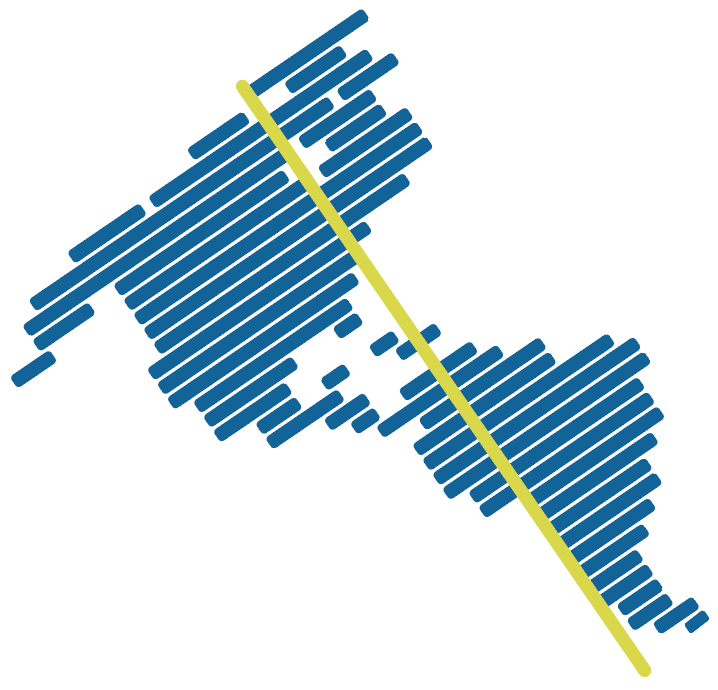ECLAC Presents Portal of Inequalities in Latin America
Work area(s)
The platform uses graphics to clearly visualize the existing gaps and texts that describe the construction of the indicators, their interpretation and the results they yield.

The Economic Commission for Latin America and the Caribbean (ECLAC) published the Portal of inequalities in Latin America, a platform that seeks to disseminate information on different aspects of inequality in the region’s countries in a simple and understandable way.
The platform – unveiled in the framework of the Twelfth Meeting of the Statistical Conference of the Americas (SCA), which is taking place through Thursday, September 28 at ECLAC’s main headquarters in Santiago, Chile – uses graphics to clearly visualize the existing gaps and texts that describe the construction of the indicators, their interpretation and the results they yield.
This portal marks another effort by ECLAC to increase the visibility of existing gaps in Latin America and the Caribbean, which is the world’s most unequal region. In fact, the concern for equality and its importance for development occupies a central place in ECLAC's thinking. Inequality is defined as the absence of similar conditions of access and exercise of rights for people and groups of people in different areas, which can refer to means, such as income and wealth; to opportunities, such as the absence of discrimination; to access to capacities, referring to the abilities, knowledge and skills necessary for life; or to reciprocal recognition and participation in public decisions and institutions.
Despite the progress made in recent decades, high levels of inequality persist in the countries of the region. This conspires against their development, since inequality constitutes a brake on the eradication of poverty, inclusion, the exercise of rights and governability.
The portal has been structured to show the most characteristic inequalities in essential areas of the living conditions of the Latin American population: income distribution, access to employment and social protection, and access to education, housing and basic services. For each of these thematic areas, the results are disaggregated according to the most relevant axes of the matrix of social inequalities, that is, by sex, ethnic-racial identification, age groups, socioeconomic status or geographic location.
All the information contained in this portal comes from CEPALSTAT, the main gateway to statistical information collected, systematized, produced and published by ECLAC. Through each graphic, users can access all the information available in this database on each of the topics presented. The selected graphics do not address all situations of inequality, and more information can be found on CEPALSTAT as well as in ECLAC’s publications and observatories.
Related content

Related event

Twelfth meeting of the Statistical Conference of the Americas of ECLAC
The twelfth meeting of the Statistical Conference of the Americas of ECLAC will take place in Santiago, from September 26 to 28, 2023.
Type
Country(ies)
- Latin America and the Caribbean
